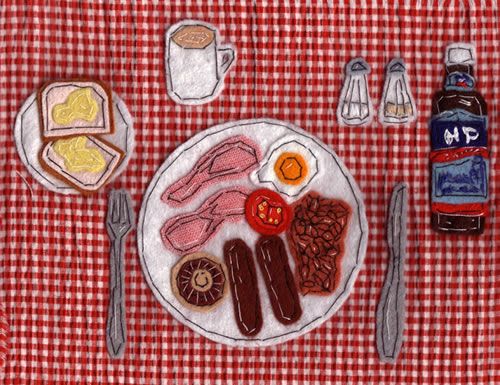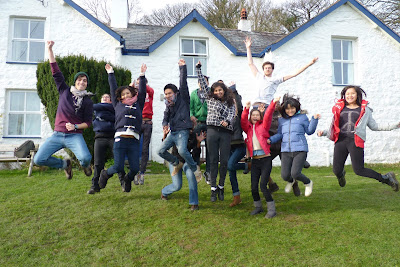Good morning early birds!
Right, yesterday we briefly explained how to form the third conditional, we gave a few examples and mentioned when to use it. In case it still sounds a bit vague, and as we did with the other two types of conditionals, we are going to show you a video with the exaplanation today and then we will leave you with a pdf document for you to practise and do some homework.
Below you can watch a whole video explaining the third conditional with a few examples. By clicking on the video itself, you will be able to watch it all on their official youtube channel:
Credit: Third Conditional. (2016). YouTube. Retrieved 8 December 2016, from https://www.youtube.com/watch?v=RuUkuORtfE0
Remember, we use the third conditional for situations that happened in the past and we cannot change anymore. Having a look at the first example of the video:
If he hadn't been late, he wouldn't have lost his job.
As you can observe, he had been late for work many times, so he used to be late for work. Consequently, he lost his job, they fired him. However, he cannot change that result, it happened and now... he regrets.
Once you have fully understood the third conditional structure, use and examples, click on the image below and do that worksheet for the 16th of December please.
 |
| By NeoMeesje - Own work, CC BY-SA 4.0, https://commons.wikimedia.org/w/index.php?curid=45817942 |
Have a nice day, and start getting ready for Christmas!
Talk soon,
Pablo.











